Rubber Mixing Mill 14"x36"
Product Details:
- Type Rubber Mixing Mill
- Material Steel Casted
- Capacity 25 Ltr/hr
- Computerized No
- Automatic Grade Semi-Automatic
- Control System Human Machine Interface
- Cooling System Water Cooling
- Click to View more
Rubber Mixing Mill 14"x36" Price And Quantity
- 300000 - 9000000 INR
- 1 per machine Piece
- 300000.00 - 900000.00 INR
Rubber Mixing Mill 14"x36" Product Specifications
- 25 Ltr/hr
- 5000 Kilograms (kg)
- No
- Steel Casted
- One Year Against manufacturing defects
- Water Cooling
- 440 Volt (v)
- Rubber Mixing Mill
- 19
- 14 Inch (in)
- Semi-Automatic
- Human Machine Interface
- 40 Kilowatt (kW)
Rubber Mixing Mill 14"x36" Trade Information
- Ex Works
- Cheque Letter of Credit (L/C)
- 1 Piece Per Month
- 1 Months
- Yes
- Contact us for information regarding our sample policy
- as Required.
- Asia Middle East Africa
- All India
- ISO & CE
Product Description
1. Rollers: A rubber mixing mill typically consists of two horizontally arranged, counter-rotating rollers made of high-quality steel. These rollers are often called mixing rolls or mill rolls.
2. Mixing Chamber: The space between the two rollers is known as the mixing chamber. Rubber compounds, along with various additives and fillers, are placed in this chamber for processing.
3. Mixing and Shearing: When the rollers rotate, they compress and deform the rubber compound, causing it to mix and blend thoroughly. The shearing action of the rollers helps break down the rubber into smaller particles, promoting uniform dispersion of additives and achieving the desired consistency.
4. Temperature Control: Rubber mixing mills often have provisions for controlling the temperature of the mixing process. Temperature control is crucial because it can affect the properties of the rubber compound. Some mills have cooling systems to prevent overheating.
5. Roll Gap Adjustment: The distance between the two rollers can be adjusted to control the thickness of the rubber sheet or the degree of mixing. Narrower roll gaps create thinner sheets and more intense mixing.
6. Feeding Mechanism: Rubber compounds are typically fed into the mixing mill using a hopper or other feeding mechanisms. This ensures a continuous and uniform input of materials.
7. Safety Features: Rubber mixing mills are equipped with various safety features, such as emergency stops, safety guards, and interlocking systems to protect operators from accidents.
8. Batch Mixing vs. Continuous Mixing: Rubber mixing mills can be used for both batch mixing and continuous mixing. In batch mixing, a specific quantity of rubber compound is processed at a time. In continuous mixing, the rubber compound is fed continuously, making it suitable for high-volume production.
9. End Product: Depending on the desired end product, the rubber compound may go through multiple passes in the mixing mill to achieve the required properties and consistency.
Other Products in 'Rubber Mixing Mill' category
 |
PREMEIR ENGINEERS
All Rights Reserved.(Terms of Use) Developed and Managed by Infocom Network Private Limited. |


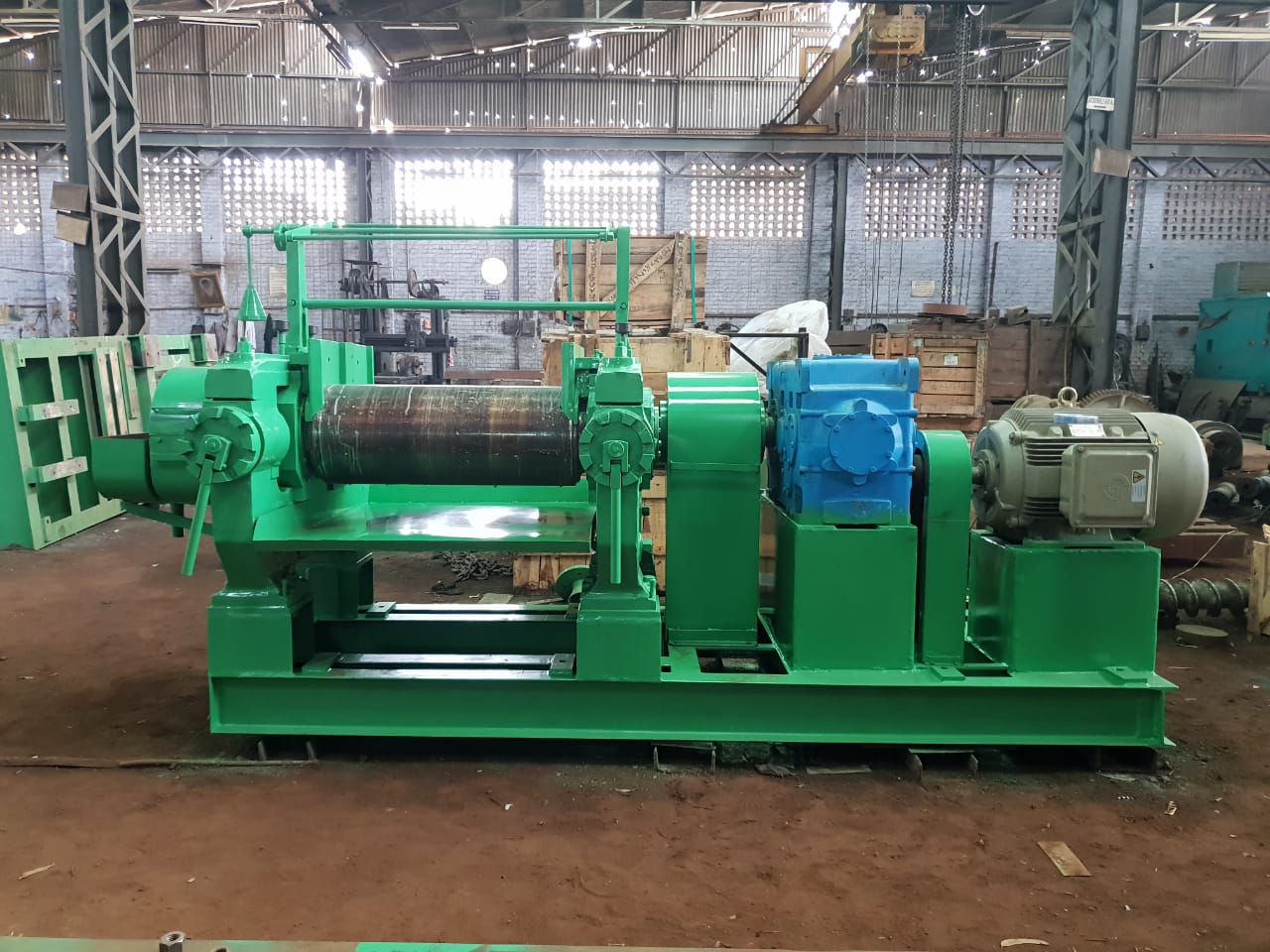
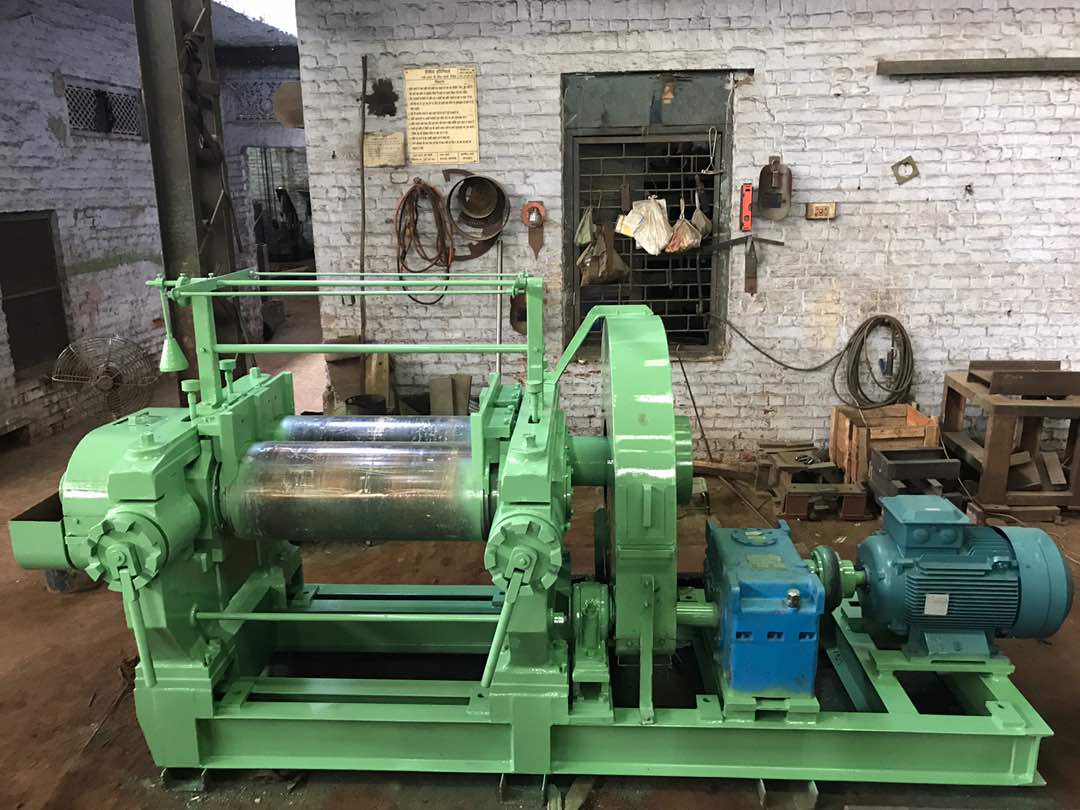

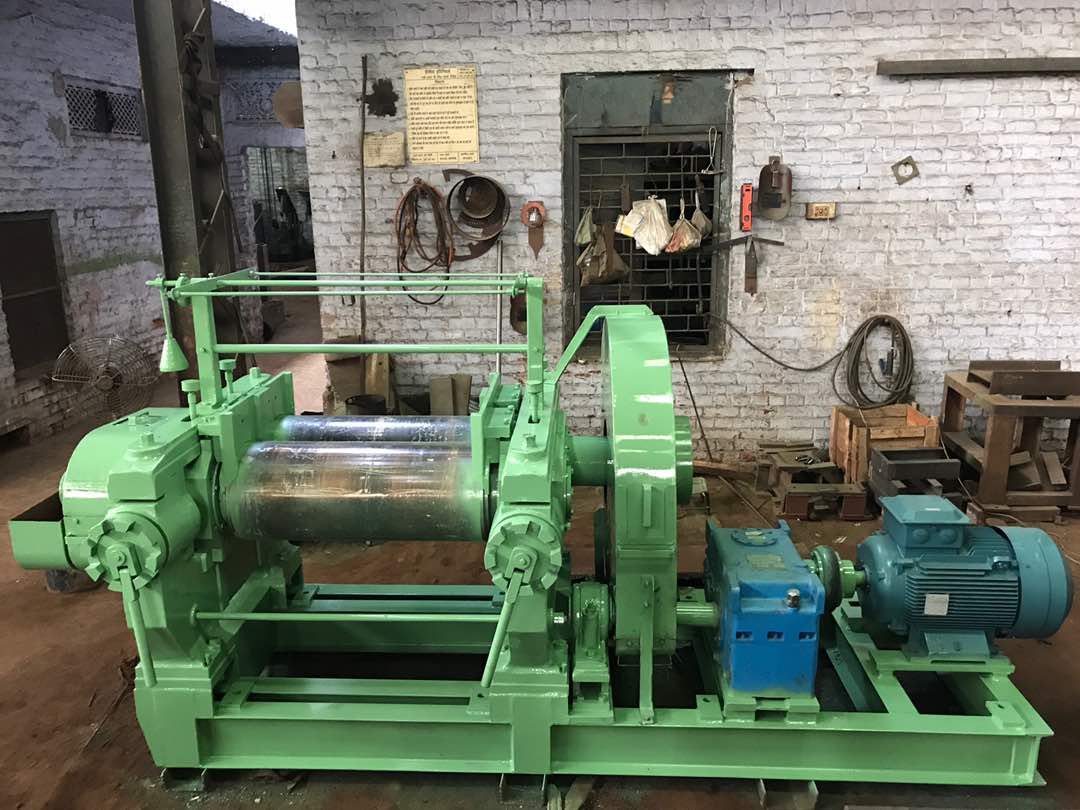







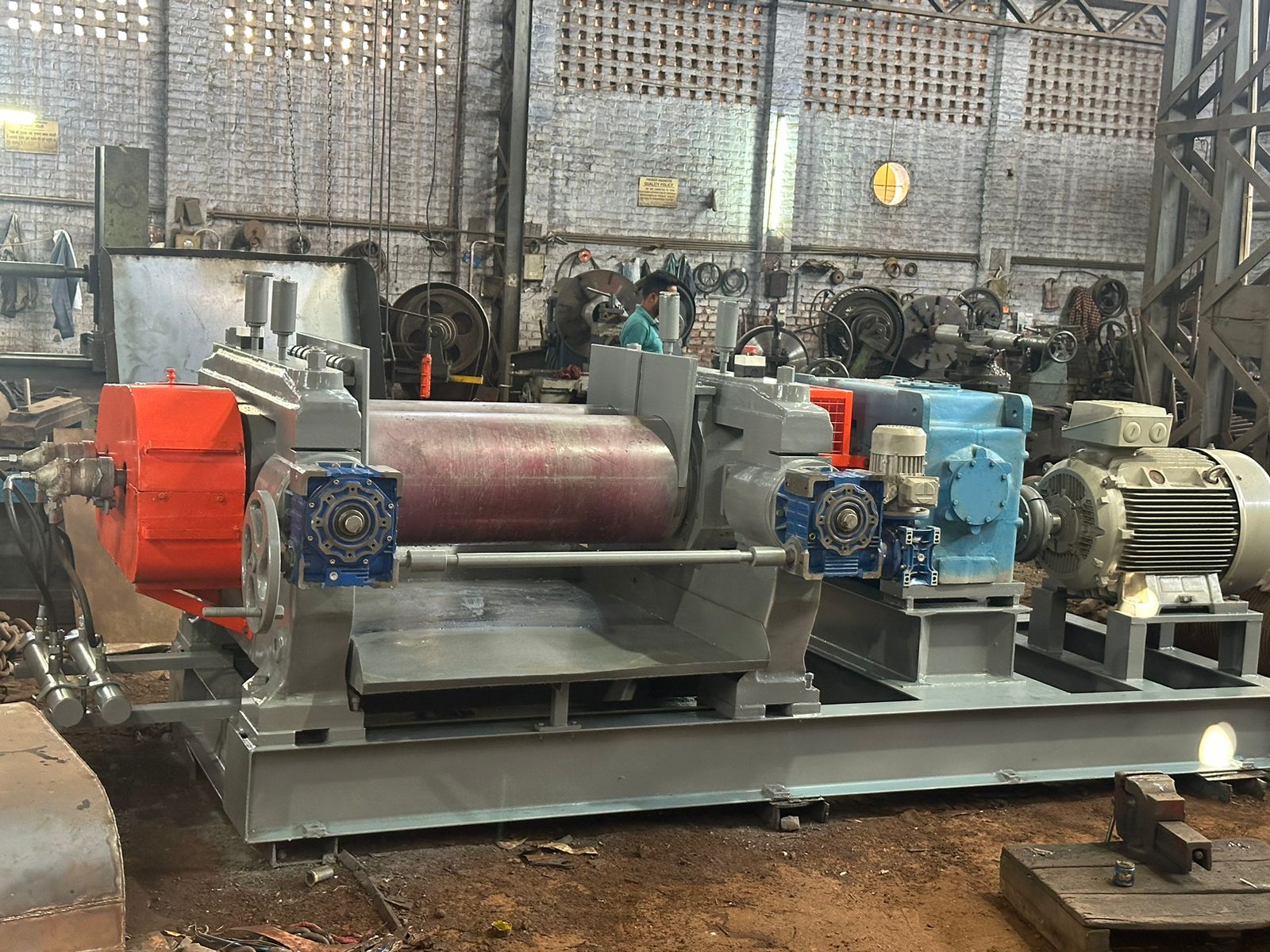
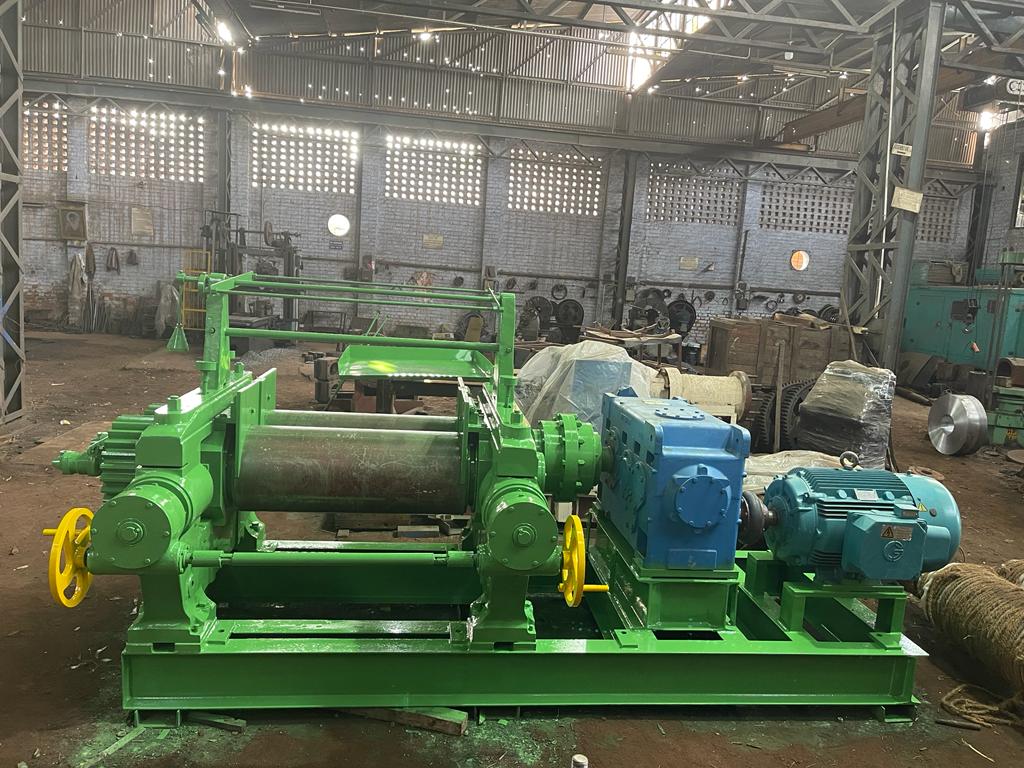
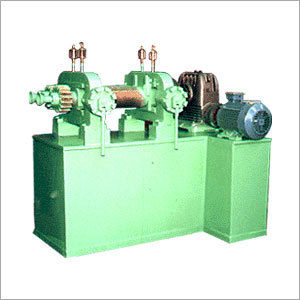
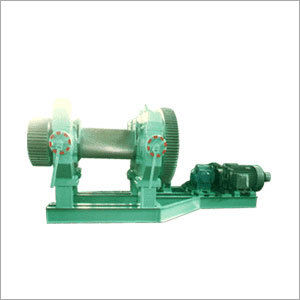


 Send Inquiry
Send Inquiry Send SMS
Send SMS Call Me Free
Call Me Free